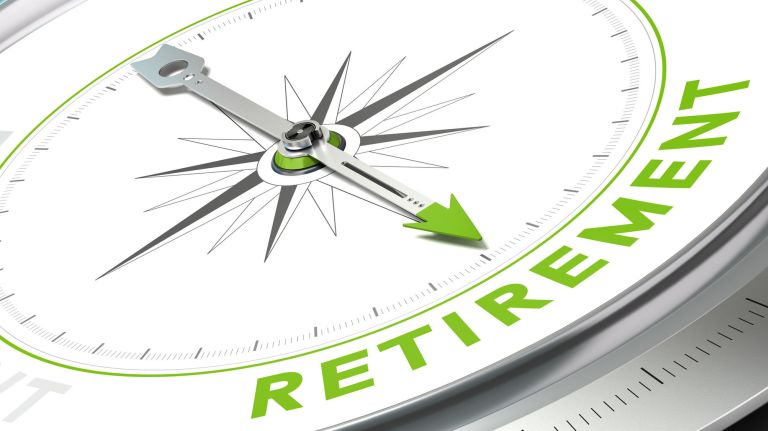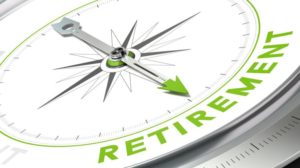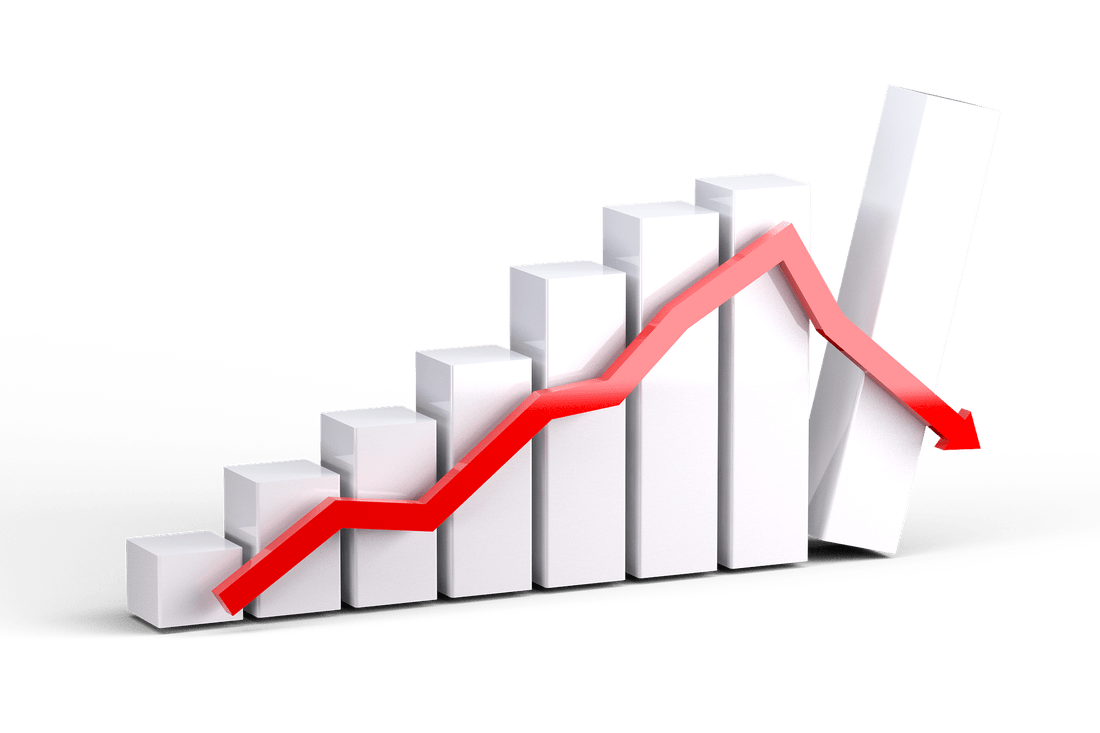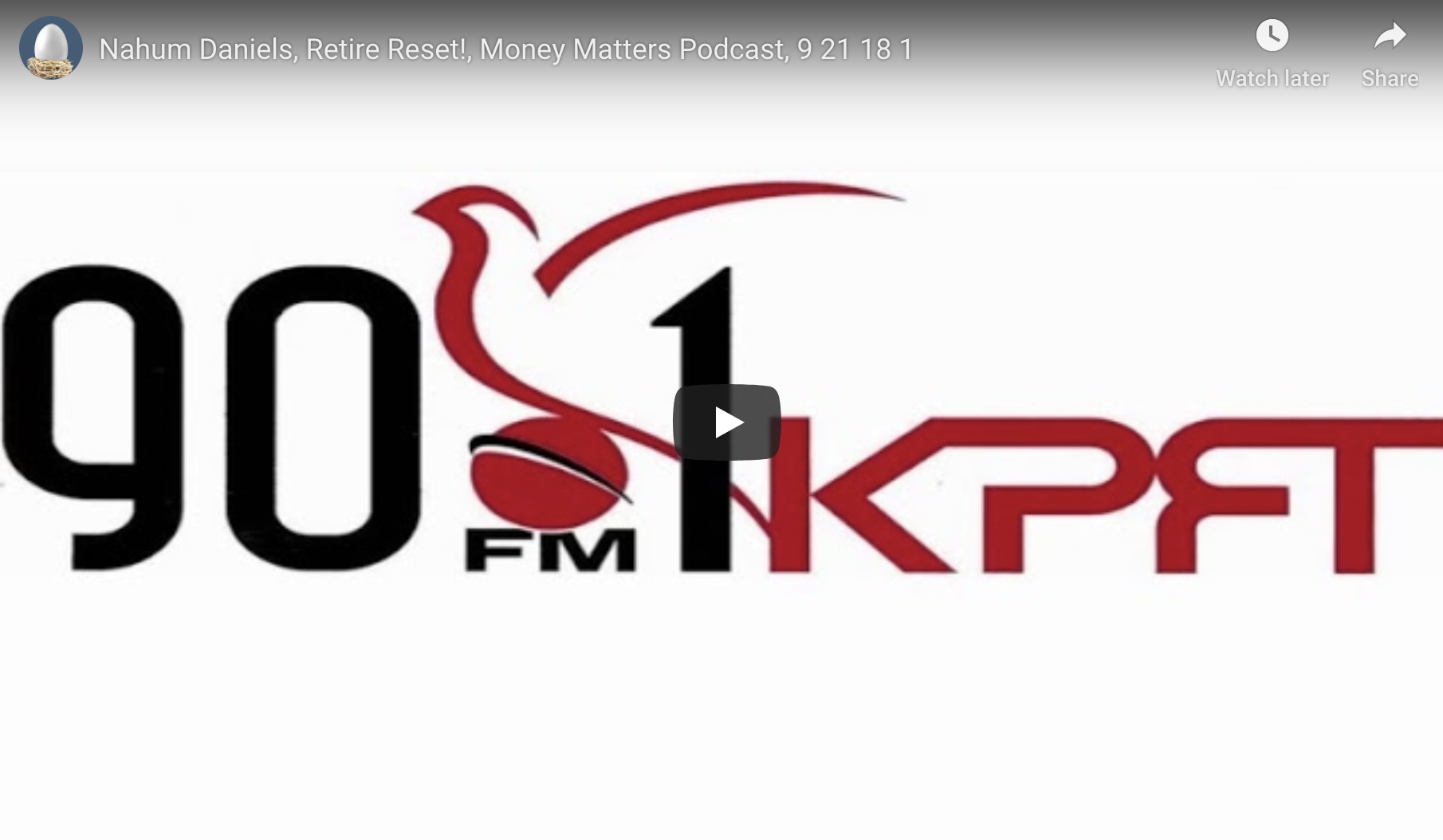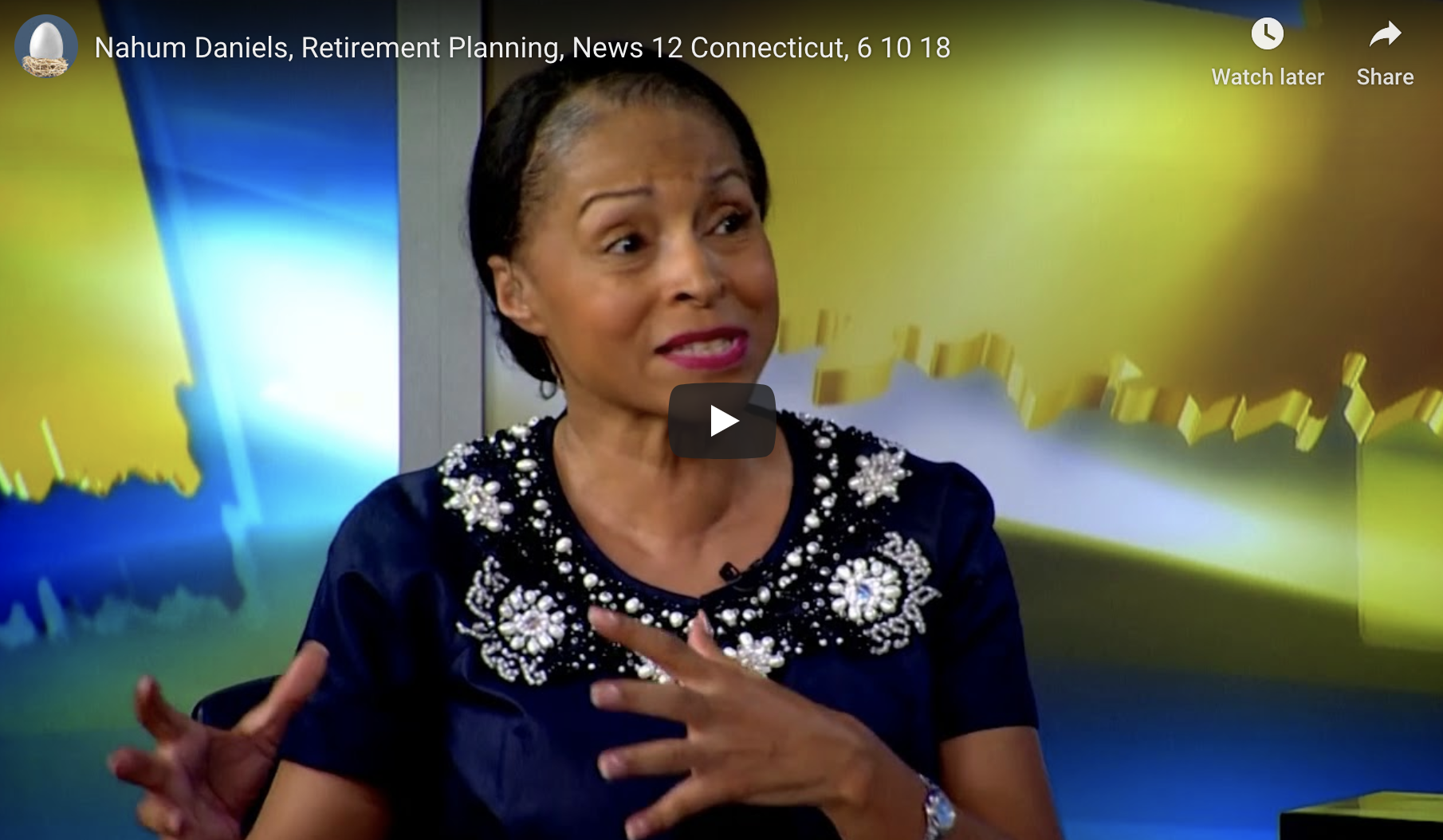
Beware retiring into the “best of times” (the longest-duration bull market in American history, reached in August 2018 after starting its climb in March 2009) because markets are cyclical.
What goes up must (eventually) come down as sure as night follows day, winter follows summer and bear markets follow on bull runs. When the stock market becomes historically expensive, as some metrics including the Shiller CAPE suggest today, research shows it’s often a predictor of below-average future returns that could last a decade or more.
Retiring into a down market will be especially painful for buy-and-hold investors taking withdrawals from their nest eggs. Consider an unlucky 65-year-old who retires on a stock portfolio worth $1 million and withdraws 4% a year adjusted for inflation. If, after taking $40,000 the portfolio loses 40% of its value in a downturn, he or she will have just $576,000 left to fund a retirement that could last 30 years or more. The tough choice: take another $40,000 at the start of year 2 and reduce one’s life savings by almost half over the first year-and-a-day of retirement (a result that might qualify as a catastrophe) or tighten one’s belt and take as little as possible from the portfolio in year 2 (and thereafter) to buy time for asset values to recover (there goes your lifestyle).
Since returns in the first five or ten years of retirement matter most in shaping the long-term outcome, the market’s run-up since 2009 and its potential retrenchment in the years ahead actually pose a tremendous risk to retirement portfolios going forward. Isn’t that ironic?
How to hedge? Conventional advice runs from cash to bonds to reverse mortgages, all imperfect solutions.
-
- Build a cash cushion into your nest egg and take a barbell approach. Set aside five years of living expenses (about $220,000 in our example) so you won’t panic or sell your stocks at depressed prices. Instead the cash buys time allowing you to remain calm in the face of financial calamity and await a recovery. The drawback is that the low returns on cash (effectively 1%?) will drag down your portfolio’s long-term returns. And what if the downturn lasts longer than 5 years? Or consider the obverse: what if the snap-back occurs quickly and over 20% of your portfolio is on the sidelines, missing the recovery entirely?
- Diversify between stocks and bonds and actively re-balance between them. Rather than revert to cash, use bonds because they can earn more than cash with much less downside risk than stocks. This is the classic “diversified” portfolio that balances stocks and bonds and keeps the ratio (60-40, say) intact through thick and thin. Thus, if you’re indexed to the S&P 500 in your $1 million portfolio and we get a repeat of the 37% drop experienced in 2008, your equity position will have been reduced to $378,000 and your bond position may have increased from $400,000 to about $422,000. Your total portfolio ($800,000) is now balanced 47% stocks and 53% bonds so your investment “policy” requires selling bonds and buying stocks to get back to the 60%/40% ratio. Theoretically, you’d be selling bonds high and buying stocks low, which is a good practice. Your portfolio, however, will still have taken a one-year loss of 20% and a $40,000 withdrawal would represent 5% of its value rather than the original 4%, reducing its projected duration. Or you can take less than your original $40,000 and reduce your consumption. Two mediocre choices.
- Use other assets to hold you over. Rather than deplete your nest egg, you can get cash from a home-equity line of credit or reverse mortgage or borrow from a life insurance policy. Of course, these options all cost money and represent dilutions of other asset values imposed by the vagaries of the stock-and-bond marketplace.
Or you can buy a fixed index annuity that protects against market declines so you avoid losses, enables you to remain invested to participate in a share of market gains from a snap-back and guarantees a lifetime floor of income that can grow to keep pace with inflation.
Shouldn’t you give it serious consideration?



